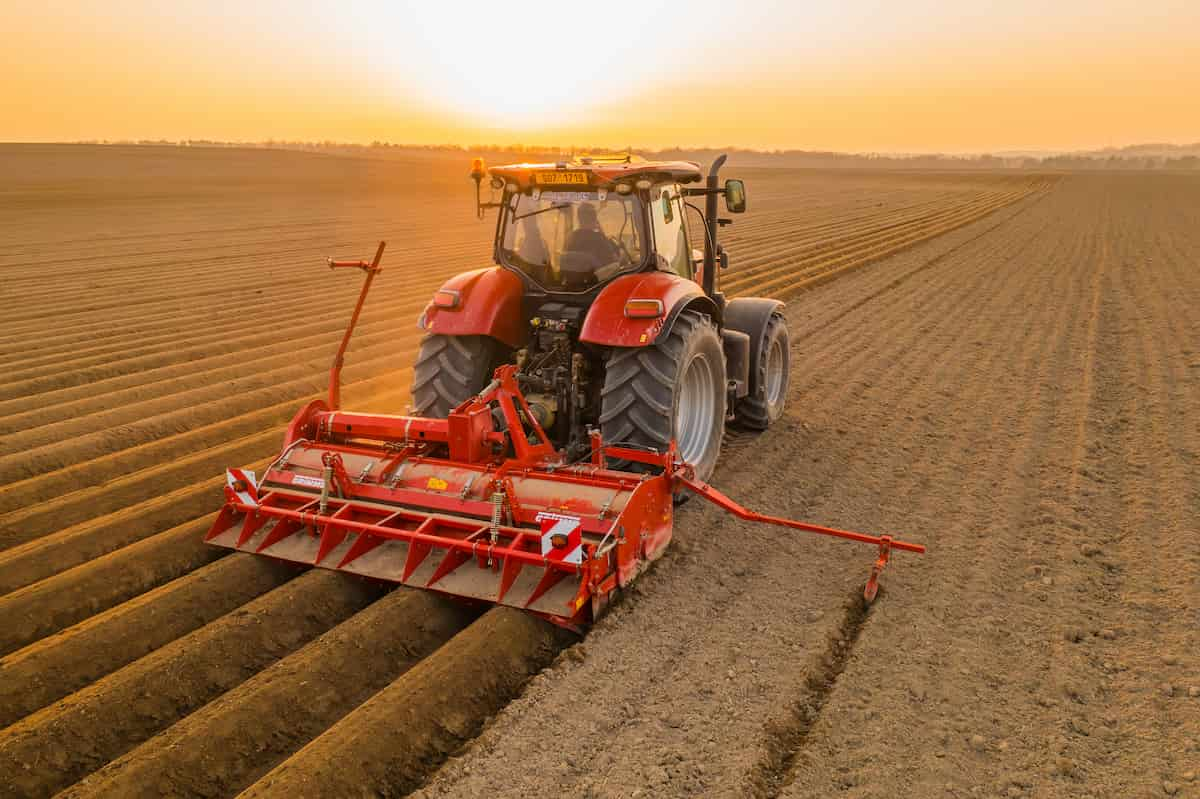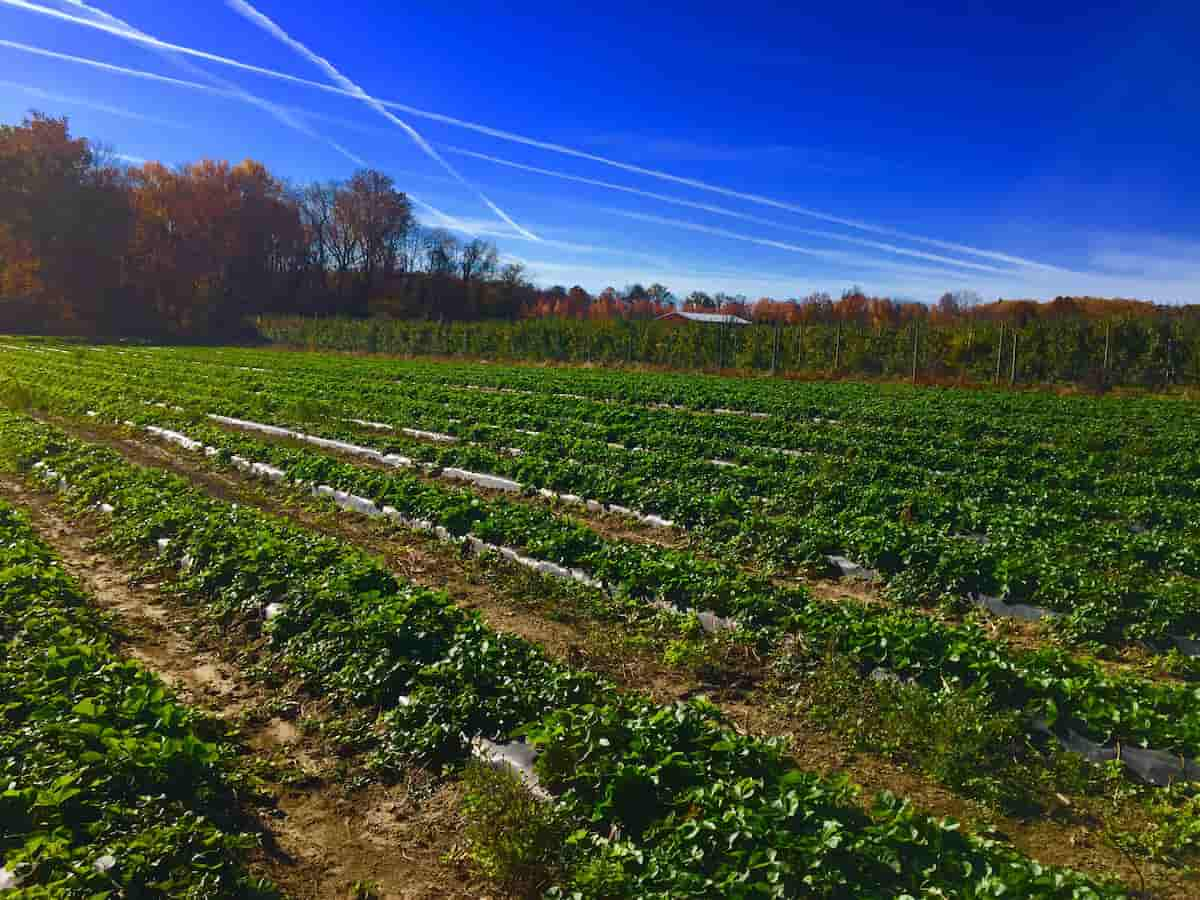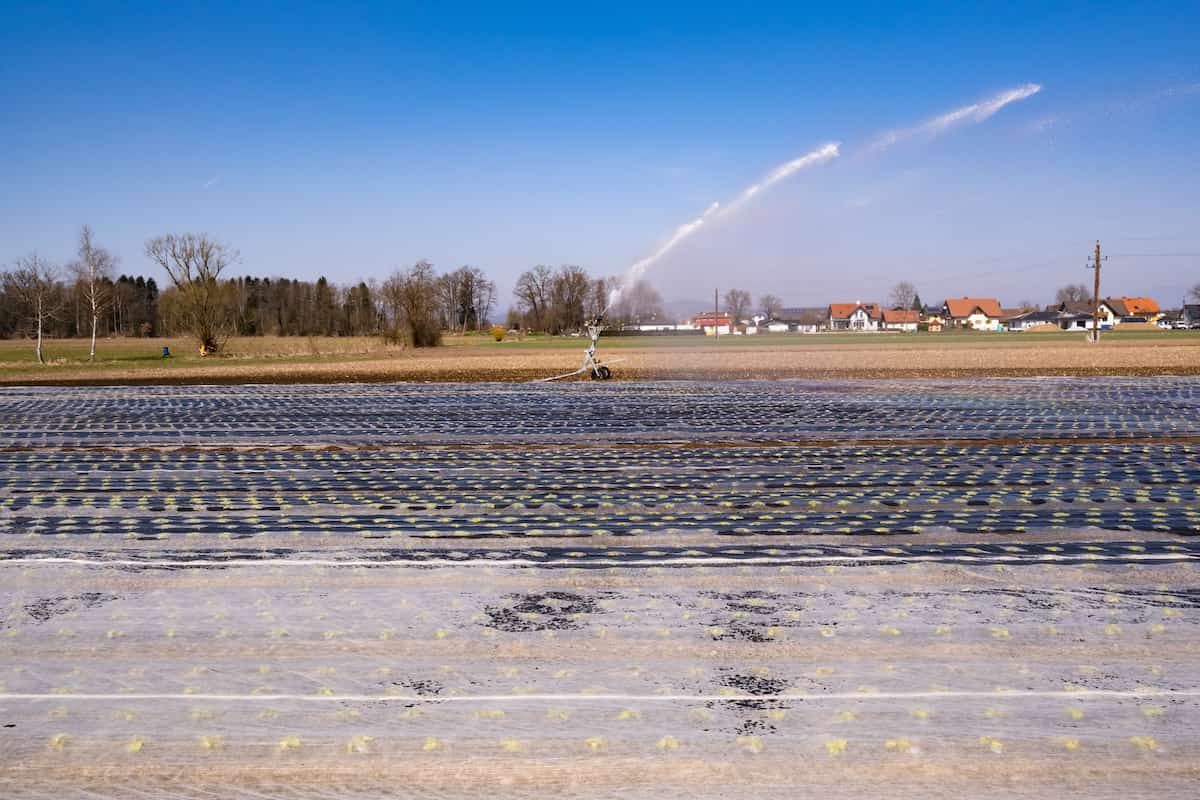Biodynamic agriculture is a holistic, sustainable approach to farming that aims to harmonize the relationship between soil, plants, and animals in a closed system. Austrian philosopher and scientist Rudolf Steiner first developed it in the early 20th century.

This farming method integrates organic agriculture, homeopathy, and spiritual principles to promote the entire ecosystem’s health. In recent years, biodynamic farming has gained traction among farmers who seek to increase their farm’s profitability while preserving the environment. This article will explore biodynamic agriculture’s principles, practices, and benefits for profitable farming.
Biodynamic Agriculture for Profitable Farming
Principles of Biodynamic Agriculture
- Wholeness and Interconnectivity: The farm is viewed as a living organism, with each element playing a critical role in maintaining the system’s overall health. Biodynamic farmers recognize that all farm components are interconnected, and the success of the whole depends on the health and balance of its individual parts.
- Biodiversity: A diverse ecosystem is more resilient and capable of supporting many species. Biodynamic farms embrace biodiversity by planting various crops, rotating them regularly, and incorporating animals and insects as part of the farm’s ecosystem.
- Regenerative Agriculture: Biodynamic farming seeks to improve soil health by using natural processes to replenish nutrients and enhance fertility. This approach includes composting, cover cropping and reduced tillage to maintain the organic matter and vitality of the soil.
- Cosmic and Terrestrial Forces: Biodynamic agriculture acknowledges the influence of cosmic and terrestrial forces, such as the moon’s phases and planetary movements, on plant growth and soil health. Farmers use these cosmic rhythms to guide their planting, cultivation, and harvesting practices.
- Preparations: Biodynamic farming employs a series of specialized preparations made from plants, minerals, and animal manures. These substances enhance soil fertility, stimulate plant growth, and prevent pests and diseases.
- Holistic Animal Husbandry: Animals are integral to the biodynamic farm ecosystem. They contribute to the farm’s fertility through their manure and help manage pests and weeds. In return, they receive humane treatment, proper nutrition, and a natural environment to thrive.
- Social Responsibility: Biodynamic farmers recognize that their actions have far-reaching consequences beyond their land. They strive to create a sustainable, ethical, and supportive agricultural community that benefits people and the environment.
- Economic Viability: Biodynamic agriculture aims to provide farmers with a means of generating both environmentally sustainable and financially viable income. By adopting these practices, farmers can enhance their profitability while preserving the long-term health of their land.
In case you missed it: How to Use a Natural Gardening Approach Against Pests

Practices in Biodynamic Agriculture
- Crop Rotation: Rotating crops helps to maintain soil fertility and reduce the build-up of pests and diseases. Biodynamic farmers practice diverse crop rotation, planting various crops that complement each other nutritionally and ecologically.
- Composting: Composting is a key practice in biodynamic agriculture that promotes soil health and fertility. Farmers create nutrient-rich compost using farm-generated materials, such as animal manure, plant residues, and biodynamic preparations.
- Cover Cropping: Cover crops are planted to protect and improve the soil during fallow periods. They help to reduce erosion, suppress weeds, and improve soil structure and fertility by adding organic matter.
- Reduced Tillage: Biodynamic farmers practice minimal tillage to preserve soil structure and minimize soil disturbance. This approach helps to maintain the soil’s natural layers and prevent the loss of valuable nutrients and organic matter.
- Pest Management: Biodynamic agriculture relies on natural pest control methods, such as introducing beneficial insects, birds, and other predators that keep pest populations in check. This approach reduces the need for synthetic chemical pesticides and contributes to a healthier, more resilient ecosystem.
- Integration of Livestock: Livestock are a vital component of biodynamic farms, as they provide manure for composting, help control pests and weeds, and contribute to the overall biodiversity of the farm. Biodynamic farmers strive to create a harmonious relationship between animals and the land, ensuring that the animals’ needs are met while benefiting the farm ecosystem.
- Water Management: Biodynamic farmers are mindful of water usage and strive to conserve this precious resource. They employ techniques such as rainwater harvesting, drip irrigation, and swales to efficiently use available water.
- Biodynamic Preparations: Biodynamic preparations are a unique aspect of this farming method. These preparations, made from plants, minerals, and animal manures, enhance soil fertility, stimulate plant growth, and protect against pests and diseases. They are applied to the soil, compost, or plants at specific times based on cosmic rhythms.
Benefits of Biodynamic Agriculture for Profitable Farming
- Improved Soil Health: Biodynamic practices help create healthy, fertile soil rich in organic matter and teeming with beneficial microorganisms. This fertile soil leads to higher crop yields and improved plant health, increasing farm profitability.
- Reduced Input Costs: By relying on farm-generated materials for composting and biodynamic preparations, farmers can reduce their dependence on external inputs, such as synthetic fertilizers and pesticides. This helps to lower overall production costs and contributes to the economic viability of the farm.
- Premium Prices for Biodynamic Products: As consumer awareness and demand for sustainable, high-quality food products grow, biodynamic products can command premium prices in the marketplace. This increases farmers’ profit margins and generates a more stable income.
- Enhanced Biodiversity: The focus on biodiversity in biodynamic farming contributes to a more resilient farm ecosystem better equipped to handle pest and disease pressures, reducing costly interventions.
- Water Conservation: Biodynamic farmers can reduce their water consumption and associated costs by employing water-saving techniques, further improving farm profitability.
- Consumer Trust: Biodynamic farming practices foster a deep connection between the farmer, the land, and the consumer. This trust can lead to customer loyalty and a strong reputation, which are invaluable for a profitable farming business.
- Long-Term Sustainability: Biodynamic agriculture aims to preserve the long-term health and vitality of the land, ensuring that it remains productive and profitable for future generations of farmers.
In case you missed it: Gardening with Neem Oil: An Organic Solution for the Environment

Conclusion
Biodynamic agriculture offers a holistic, sustainable approach to farming that seeks to balance the needs of the environment with the economic viability of the farm. As consumer demand for sustainable, high-quality food products grows, biodynamic agriculture is well-positioned to meet this need and provide farmers with a profitable and environmentally responsible path forward.
- Ultimate Guide to Ossabaw Island Hog: Breeding, Raising, Diet, and Care
- Ultimate Guide to Juliana Pig: Raising Facts, Size, Diet, Care, and Lifespan
- Raising Lleyn Sheep: Disadvantages, Price, Uses, Characteristics, and Care
- Ultimate Guide to Meishan Pig: Breed Facts, Breeding, Raising, and Care
- Ultimate Guide to Teacup Pigs: Raising, Diet, Lifespan, Cost, and Care
- Guide to Raising Poll Dorset Sheep: Facts, Profile, Characteristics, Uses, and Care
- Ultimate Guide to Bighorn Sheep: Characteristics, Diet, Lifespan, Breeding, and Lifecycle
- Ultimate Guide to Raising Katahdin Sheep: Farming Facts, Breed Profile, Uses, and Care
- Ultimate Guide to Raising Oreo Cows: Belted Galloways Farming Facts, Profile, Uses, and Care